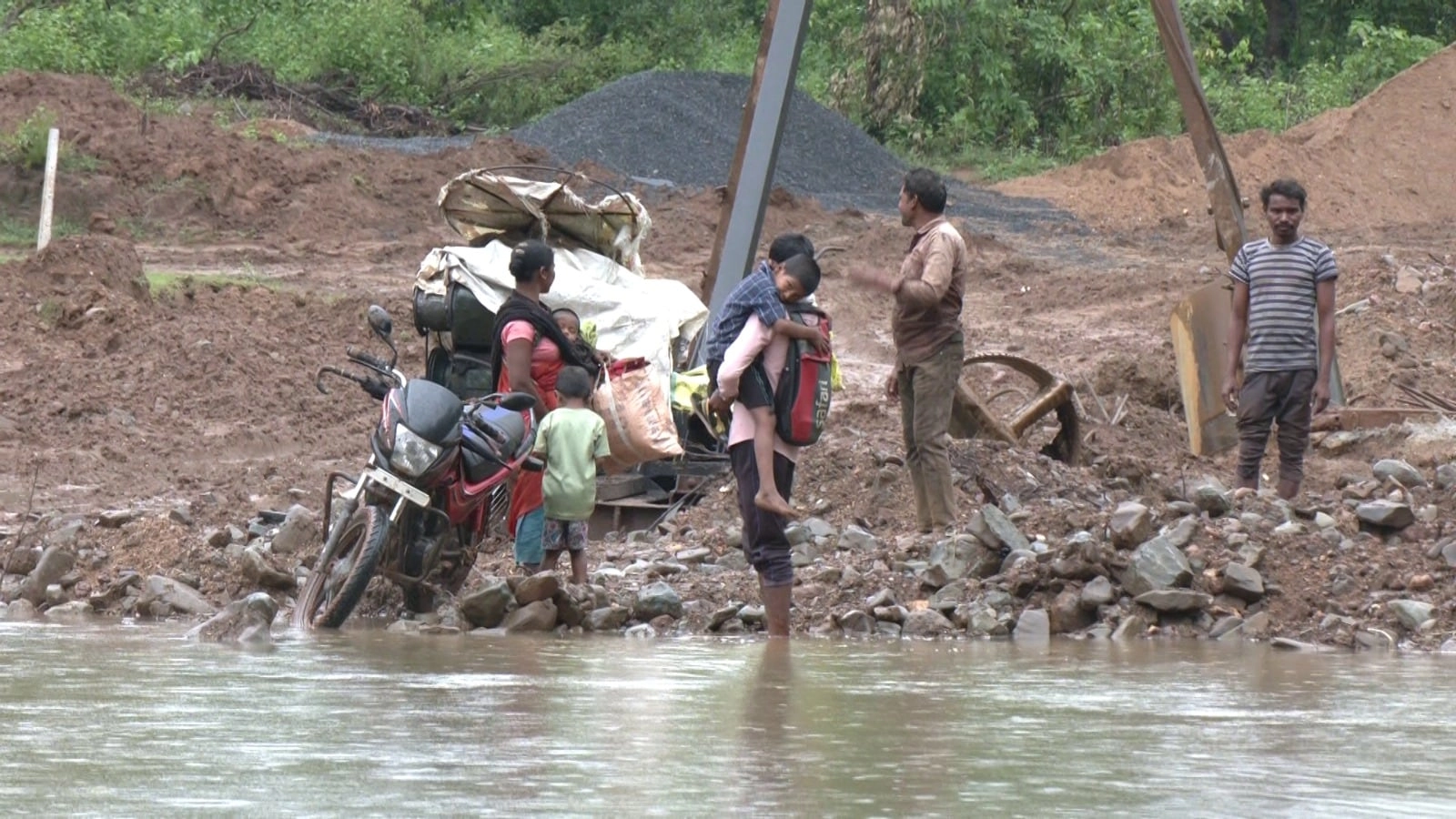In recent years, the picturesque landscape of Bastar, a region in central India, has faced an alarming transformation as its villages gradually disappear from the map. The phenomenon, often described metaphorically as “Islands In The Rain,” highlights the devastating impact of climate change, deforestation, and socio-political upheaval on the local communities. These villages, once thriving centers of culture and tradition, are now struggling to survive in the face of relentless environmental challenges and developmental pressures. The situation is exacerbated by heavy rainfall, which, while essential for the region’s agriculture, has increasingly led to flooding and soil erosion, further threatening the livelihoods of the residents.
The displacement of these villages is not merely a geographical loss; it signifies the erasure of rich cultural heritages and traditional lifestyles. Many of these communities have lived in harmony with their environment for generations, relying on sustainable practices that have been passed down through the ages. However, as modernity encroaches, these practices are being overshadowed by the rapid industrialization and exploitation of natural resources. The villagers find themselves caught in a struggle between preserving their way of life and adapting to the harsh realities imposed by external forces, including mining and logging industries that often prioritize profit over people.
The migration of villagers to urban centers in search of better opportunities poses another layer of complexity to this issue. As the villages vanish, the social fabric of these communities frays, leading to a loss of identity and belonging. The youth, in particular, face an uncertain future as they navigate the challenges of urban life, often disconnected from their roots. The situation calls for urgent attention from policymakers and environmentalists alike, emphasizing the need for sustainable development practices that honor both the land and the people who have nurtured it for centuries.
As the metaphor of “Islands In The Rain” suggests, the villages of Bastar are not just disappearing; they are being submerged in a tide of change that threatens to engulf their very essence. The need for a concerted effort to address climate change, protect indigenous rights, and support sustainable livelihoods has never been more critical. The survival of these villages and their cultures depends on a collective commitment to preserving the environment while respecting the traditions that define their communities. Only through collaborative efforts can we hope to ensure that Bastar’s villages remain not just on the map but also alive in the hearts and minds of future generations.




